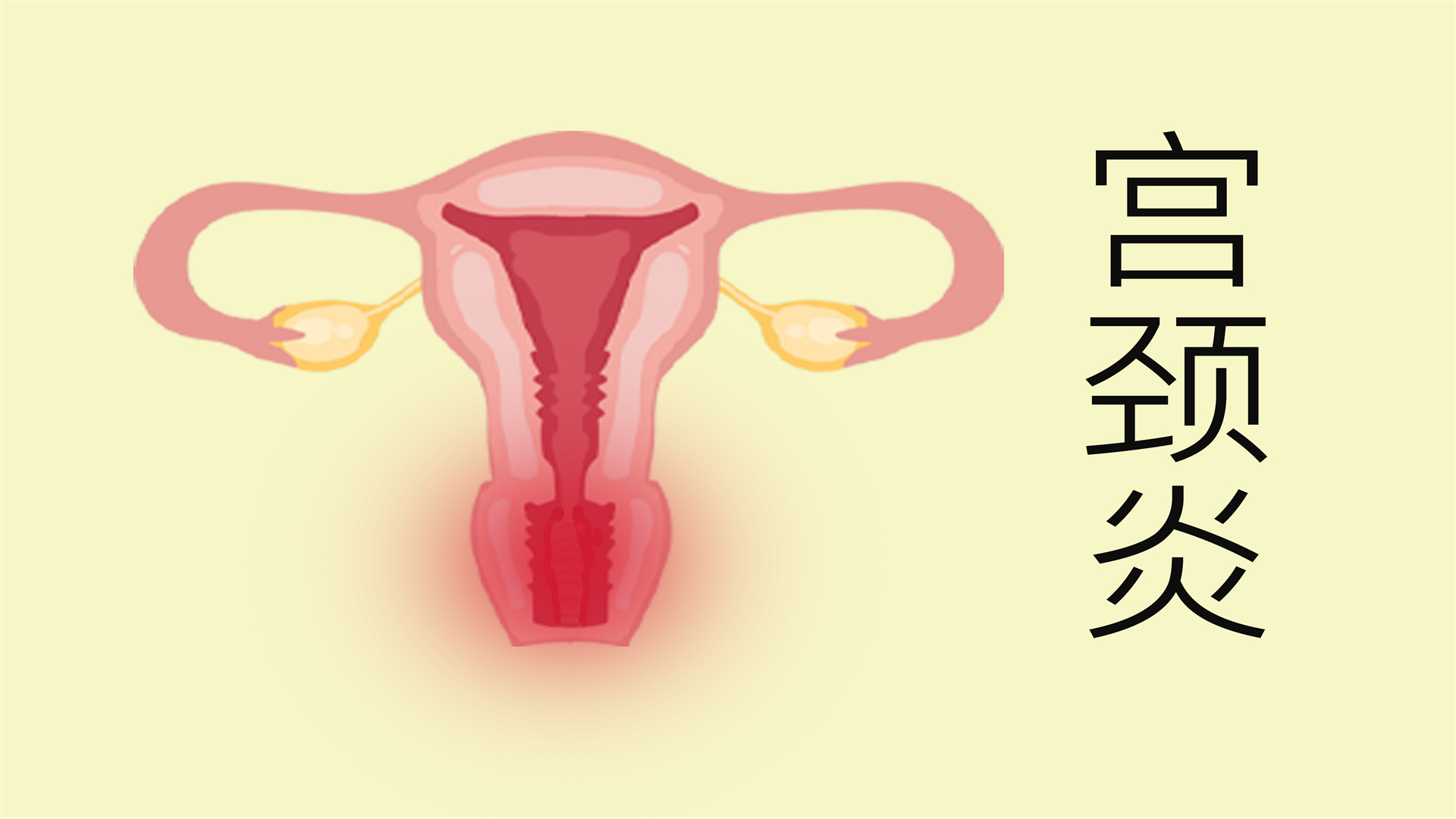What causes cervical inflammation and how to manage it?
Generally, cervical inflammation may be related to hormonal fluctuations, abnormal cervical anatomy, bacterial vaginosis, chlamydia infection, trichomonas vaginitis, and other factors. If discomfort symptoms occur, it is recommended to seek timely medical consultation at a hospital and undergo general treatment, surgical treatment, or medication treatment under the guidance of a physician. Detailed explanations are as follows:

1. Hormonal fluctuations
During stages such as the menstrual cycle, pregnancy, and lactation, women experience changes in hormone levels, especially fluctuations in estrogen and progesterone. These changes may weaken the immune barrier function of the cervical mucosa, making it more susceptible to external stimuli and infections, which can lead to cervical inflammation. It is recommended to maintain external genital hygiene and avoid unclean sexual activity.
2. Abnormal cervical anatomy
Some women may have anatomical abnormalities of the cervix, such as cervical canal stenosis or cervical polyps. These structural abnormalities can lead to poor drainage of cervical secretions, causing bacterial and viral accumulation, thus providing a breeding environment for pathogens and triggering cervical inflammation. Accompanying symptoms may include vaginal discharge odor and cervical contact bleeding. Surgical treatment can be performed under a physician's guidance to restore normal cervical structure, such as cervical polypectomy.
3. Bacterial vaginosis
Bacterial vaginosis is a vaginal inflammation caused by bacterial infection, which disrupts the normal microecological balance of the vagina, allowing pathogens to multiply within the vagina and cervix. These bacteria may ascend to the cervix, causing cervical inflammation. Symptoms typically include increased vaginal discharge with a fishy odor. Follow medical advice to use medications such as metronidazole tablets, tinidazole tablets, clindamycin phosphate vaginal gel, etc., to eliminate pathogens and restore the microecological balance of the vagina and cervix.
4. Chlamydia infection
Chlamydia is a sexually transmitted pathogen that can cause cervical inflammation. Chlamydia enters the cervix through sexual contact and multiplies within cervical mucosal cells, causing inflammatory reactions such as cervical mucosal congestion and edema. Symptoms may also include increased vaginal discharge and cervical contact bleeding. It is recommended to take medications such as azithromycin dispersible tablets, roxithromycin capsules, tetracycline tablets, etc., under medical guidance.
5. Trichomonas vaginitis
Trichomonas vaginitis is a vaginal inflammation caused by Trichomonas vaginalis infection, which may ascend to the cervix and cause cervical inflammation. Trichomonads multiply in the vagina and cervix, producing toxins and metabolic products that stimulate inflammatory reactions in the cervical mucosa. Symptoms typically include increased vaginal discharge that appears frothy and yellow-green. Medications such as ornidazole suppositories, fluconazole capsules, cefaclor capsules, etc., can be used under a physician's recommendation for treatment.
It is recommended to strengthen personal hygiene management, regularly change underwear, and maintain cleanliness of the external genital area. At the same time, regular gynecological examinations should be conducted to promptly detect and treat gynecological diseases such as cervicitis.






